Nurturing Love
In a world brimming with relationship advice and self-help books, one term has gained increasing recognition and appreciation in recent years, the “Secure Attachment Style.” What is it, exactly? How does it influence our relationships, emotional health, and overall well-being? Can it be developed or improved? These are just a few of the many questions we’ll explore as we delve into the fascinating world of secure attachment.
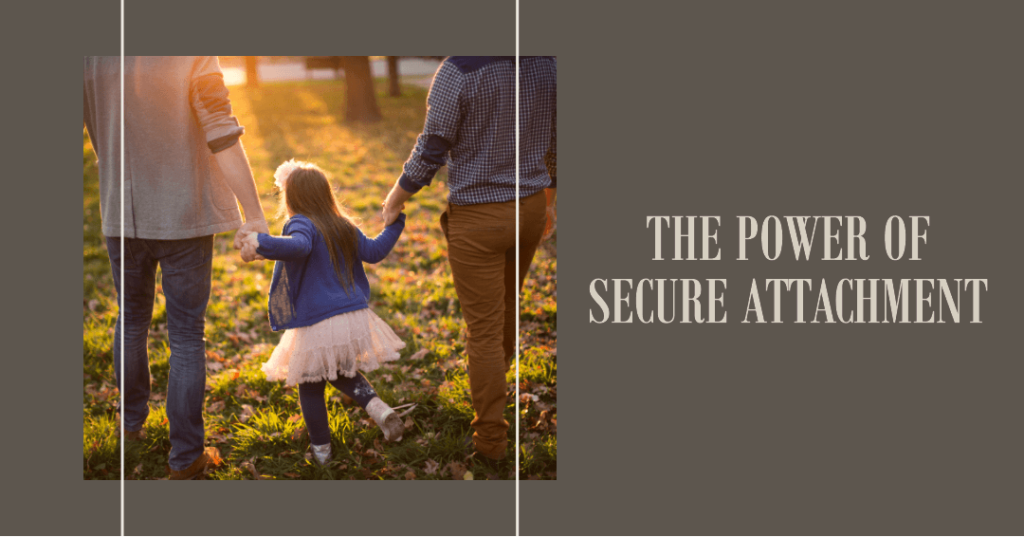
Understanding Secure Attachment
Let’s start at the beginning. What is a secure attachment? At its core, it is a bond formed between individuals, typically during early childhood, with primary caregivers. This bond lays the foundation for emotional security and trust in one’s relationships.
Secure attachment in childhood is the cornerstone of emotional development. Infants and children who experience consistent love, care, and responsiveness from their caregivers tend to develop a this attachment style. It is marked by a belief in the reliability of others, a positive self-image, and the ability to regulate emotions effectively.
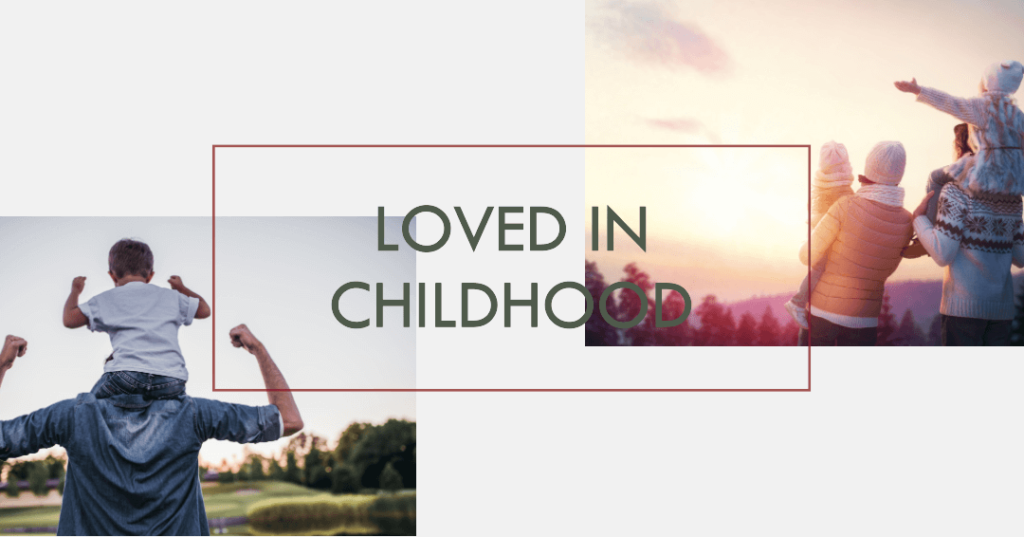
But the story doesn’t end in childhood. This secure base we build as kids doesn’t just fade away, it becomes a lifelong asset. Secure attachment in adulthood is the key to forming and maintaining healthy, nurturing relationships.
Individuals with this attachment style have an uncanny ability to trust, express their emotions, and communicate openly with their partners. This trait, in relationships, sets the stage for intimacy, support, and lasting love.
Characteristics of Secure Attachment
So, what are the characteristics of someone with this style?
- Emotional Resilience: These individuals tend to bounce back from life’s challenges with grace and poise.
- Healthy Self-Esteem: They have a positive self-image, which allows them to embrace their worth and maintain a healthy sense of self.
- Effective Communication: They excel in open, honest, and effective communication, which fosters trust and understanding in their relationships.
- Conflict Resolution Skills: This attachment enables them to navigate conflicts with a problem-solving mindset rather than succumbing to emotional turbulence.
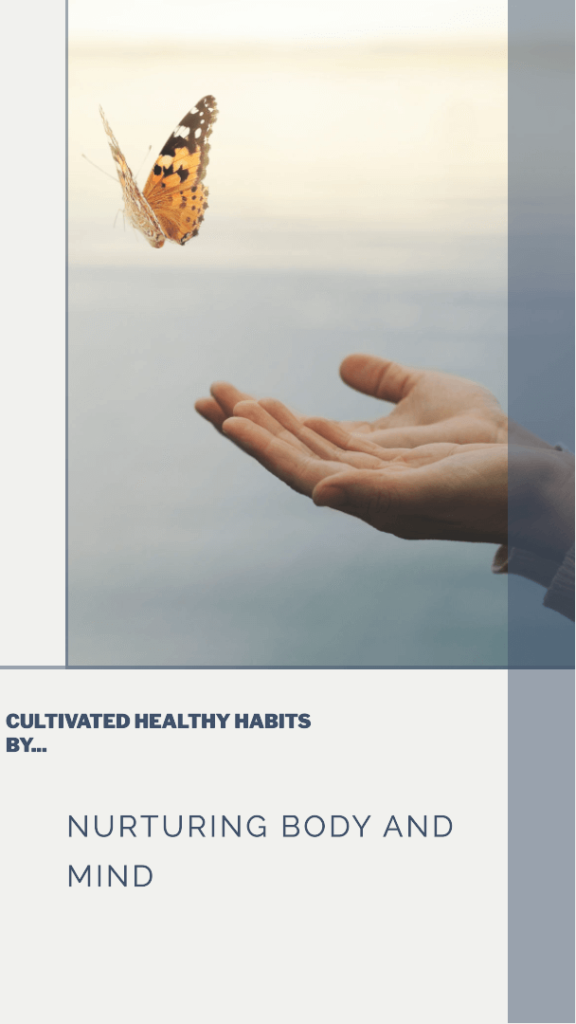
The Science Behind Secure Attachment
But what’s the science behind it all? This leads us to attachment theory, a well-established psychological framework that has been researched extensively.
Attachment theory suggests that our early interactions with caregivers shape our emotional and social development. It identifies four main attachment styles: secure, anxious, avoidant, and disorganized. While these styles may blend and evolve over time, understanding the roots of our attachment style can help us work on building a more secure one.
Building a Secure Attachment Style
The good news is that it’s never too late to work on your attachment style. Whether you’re aiming to enhance your existing secure attachment or move towards a more secure style from a history of insecurity, there are steps you can take.
Developing this attachment style requires self-awareness and a willingness to explore your past experiences and their impact on your current relationships. Therapists, self-help books, and support from loved ones can all be valuable resources in this journey.
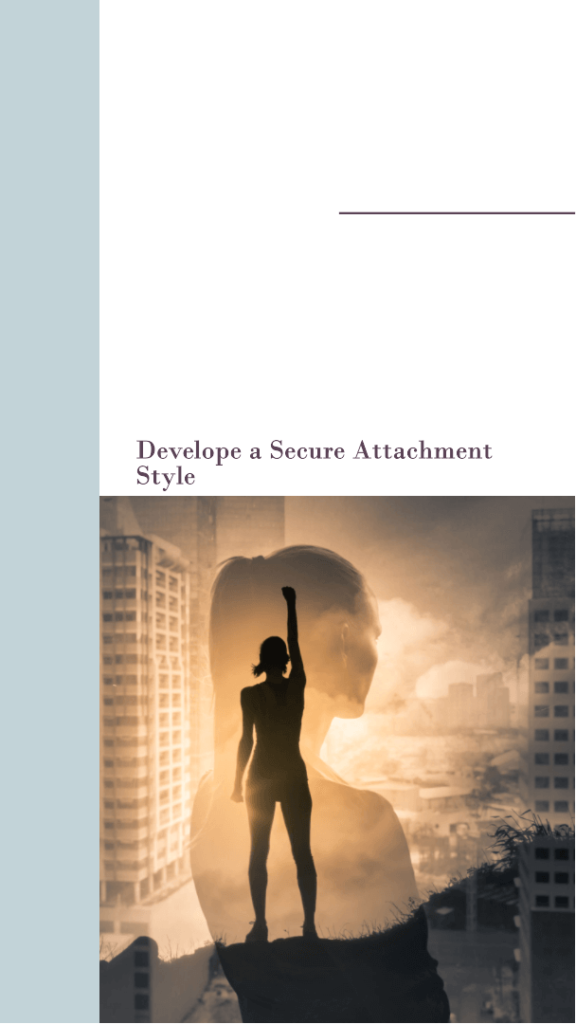
- Parenting for Secure Attachment
For parents, understanding the significance of this attachment is crucial. Creating strong parent-child bonds fosters trust, resilience, and emotional well-being in your children, setting the stage for healthy relationships later in life.
- Secure Attachment and Personal Growth
As adults, a this attachment style can be a powerful catalyst for personal growth. When we feel safe and supported in our relationships, we’re more inclined to explore our potential, develop emotional intelligence, and maintain a positive self-identity.
- The Role of Secure Attachment in Nurturing Emotional Resilience
Attachment patterns and resilience are intertwined. Individuals with this type of attachment tend to be more resilient in the face of adversity. They have the trust and support systems in place to help them weather life’s storms.
- Secure Attachment and Trust in Relationships
Trust is the cornerstone of any healthy relationship, and secure attachment and trust go hand in hand. When you’ve developed a secure attachment style, you inherently believe in the reliability and trustworthiness of your partner.
- Secure Attachment and Self-Compassion
This attachment style often leads to greater self-compassion, an essential ingredient for a positive self-image. When we’re securely attached, we tend to treat ourselves with kindness, understanding, and forgiveness.
Last but not least, the connection between secure attachment and mental health is undeniable. Those with this attachment often experience fewer symptoms of anxiety, depression, and other mental health challenges.
Conclusion
Secure attachment is a treasure trove of emotional well-being and successful relationships. Whether you’re striving to build it from the ground up, enhance your existing secure attachment, or encourage it in your children, it’s an investment that will pay dividends for a lifetime. It is the cornerstone of love, trust, and emotional resilience, and it all begins with the bonds we form in childhood, the understanding of attachment theory, and the determination to nurture and develop secure attachments throughout our lives.
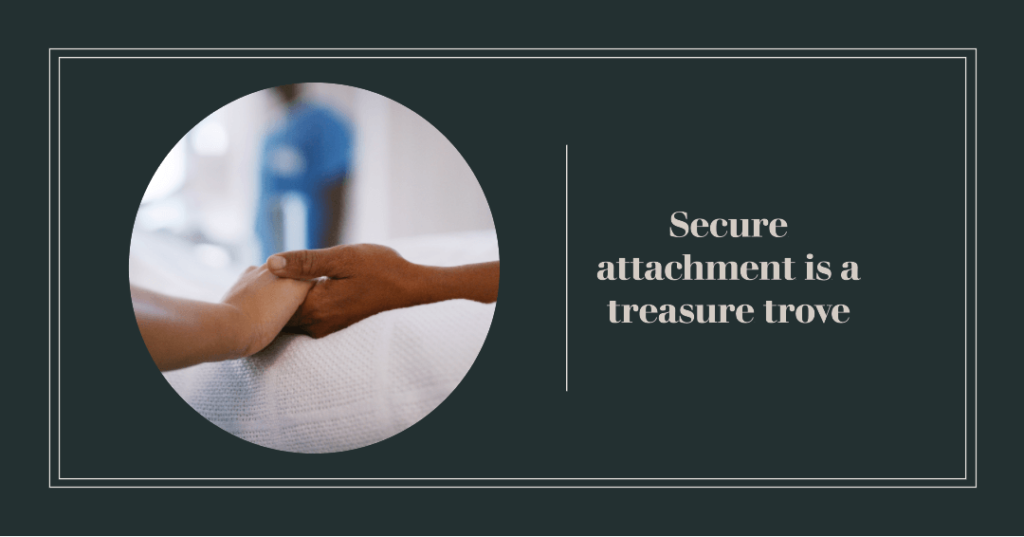
I want to extend a heartfelt thank you for taking the time to read this blog post. I hope it was informative, insightful, and most importantly, useful to you. Mental health is an important topic that affects us all, and I’m grateful for the opportunity to share my thoughts with you.
If you have any thoughts or comments, I encourage you to leave them in the comment box below. Your feedback is essential to me and helps me create content that is tailored to your needs.
If you found this post helpful, please subscribe to my newsletter for more resources and updates on mental health. You can also reach out to me via email if you have any questions or just want to chat. Remember, taking care of your mental health is important, and you are not alone.
Leave a Reply